DIY fever has swept the home improvement, cooking, and beauty scenes like an enterprising virus, so it should come as no surprise that the “do it yourself” ideology is now making its way into the mixology world. Just ask Sandra Lee, host of the Food Network’s “Semi-Homemade,” who has been singing the praises of (semi)-homemade cocktails for decades.
We all know how overcrowded, filthy, or just plain boring bars can be after too many Friday night visits; plus, a decent cocktail will really set you back. In Los Angeles, for example, the cost of a cocktail can range anywhere from $14 for a basic gin and tonic to $100 for a souped-up margarita—and that’s before you tip the struggling model who made it. According to First We Feast, James Bond likely pays a markup of 500% for his trademark martinis. Going for a vodka soda won’t do you much better, unfortunately, considering bar owners charge as much as an 830% markup for that hangover-inducing well liquor.
[quote position="full" is_quote="true"]Let’s be honest, it’s the pants-free factor that ultimately won me over.[/quote]
All of the sudden, following in Aunt Sandy’s footsteps to craft delicious cocktails within the comfort of your own kitchen sounds like it might actually be more relaxing than paying someone to make it for you. Setting up your home bar can also be a creative process that adds architectural intrigue to your living space; just look at the bounty of inspirational posts on Pinterest for reference.
But becoming your own mixologist doesn’t happen overnight, and that’s where subscription cocktail boxes come into the picture. As any Birch Box fanatic knows, subscription boxes benefit consumers by providing the tools they need to either try new products or learn new skills conveniently. They also have what I like to call the Christmas present appeal: you forget you signed up for them in the first place and are delightfully surprised when a box shows up on your doorstep.
Shaker & Spoon, for example, offers subscription cocktail kits centered around a featured liquor. At $50 for a month-to-month subscription, $135 for three months, and $480 for a full year of boxes, you’ll certainly pay more than if you ran to the store for a bottle of Svedka and some cranberry cocktail—especially since the boxes don’t include the featured alcohol itself. However, they come with everything else you need to mix up a killer drink; the Campari box, for example, includes berry-flavored simple syrups, specialty bitters, orgeat syrup, and other mystery elixirs pro mixologists seem to cram into their signature drinks.
I had the chance to test the company’s Campari box, and not knowing the first thing about Campari, it gave me a good sense of how different flavors compliment one another. With easy instructions and a gorgeously designed kit, the Campari box gave me the confidence I needed to make boutique cocktails on my own—without having to leave my home or even put pants on. (Let’s be honest, it’s the pants-free factor that ultimately won me over.) And if you’re looking to get an even bigger bang for your buck, part of the proceeds from this month’s Mezcal box (which you can order through September) will go to Tequila Interchange Project (TIP), a nonprofit dedicated to supporting sustainable practices within the agave distilling industry.
On the other end of the spectrum, there are services that do all the cocktail-making legwork for you. Swig and Swallow offers bottles half-filled with mixer that customers can fill to the top with their liquor of choice. The founders say that unlike meal-prep boxes that focus on the communal act of making something, they aim to have consumers skip the sweat and move on to the fun part: drinking together.
Obviously, the biggest downside is that these boxes—like Shaker & Spoon—don’t come with liquor. When I asked Swig and Swallow’s CEO and founder April Wachtel why that is, she told me via email,
“From the start it was because of the crazy logistics, risk, and cost. Every state has their own liquor laws, and it's a logistical nightmare to deal with it, especially with an online model. Also, I'd rather give people suggestions of spirits we love and the option to use what they have at home if they prefer. I think this is the best of both worlds.”
The best part of adding your own booze? Depending on how cheap you go with the liquor, the cost breakdown comes out to about $3 to $4 a cocktail, says Wachtel. Not bad when you consider all the work of prepping, juicing, measuring, and mixing has been done before the box ever arrives at your doorstep. And thanks to high-pressure processing (HPP), the mixers are shelf-stable for up to three months if kept refrigerated and unopened.
“Honestly, I made this for people like me,” says Wachtel. “I never serve cocktails (with juice) at home because when I'm planning parties there are a million other things to tend to, so wine or beer has always been easier. This is a one, maybe two step process (two if you decide to add chilled water in addition to the spirit for dilution purposes).”
Ultimately, bars still provide that automatic social aspect you’ll be hard-pressed to find at your Pinterest-worthy bar cart. Bars will continue to be hotspots for mingling singles, city dwellers with micro apartments, and newly legal drinkers looking to exercise their freedom as loudly and publicly as possible. You may not always need another human to whip up your favorite drink, but the bittersweet familiarity of your local pub, dive, or club may prove to be more crucial to our humanity than we’d like to admit.
That being said, being able to craft a drink of the same quality at home can be liberating. As with other DIY trends, being able to do something on your own can be just as valuable as the final product. With people craving more hands-on experiences, boxes and products like these could fill the gap between being inspired and actually making a no-fail, delicious drink. Now that’something we can all drink to.

















 Screenshots of the man talking to the camera and with his momTikTok |
Screenshots of the man talking to the camera and with his momTikTok | 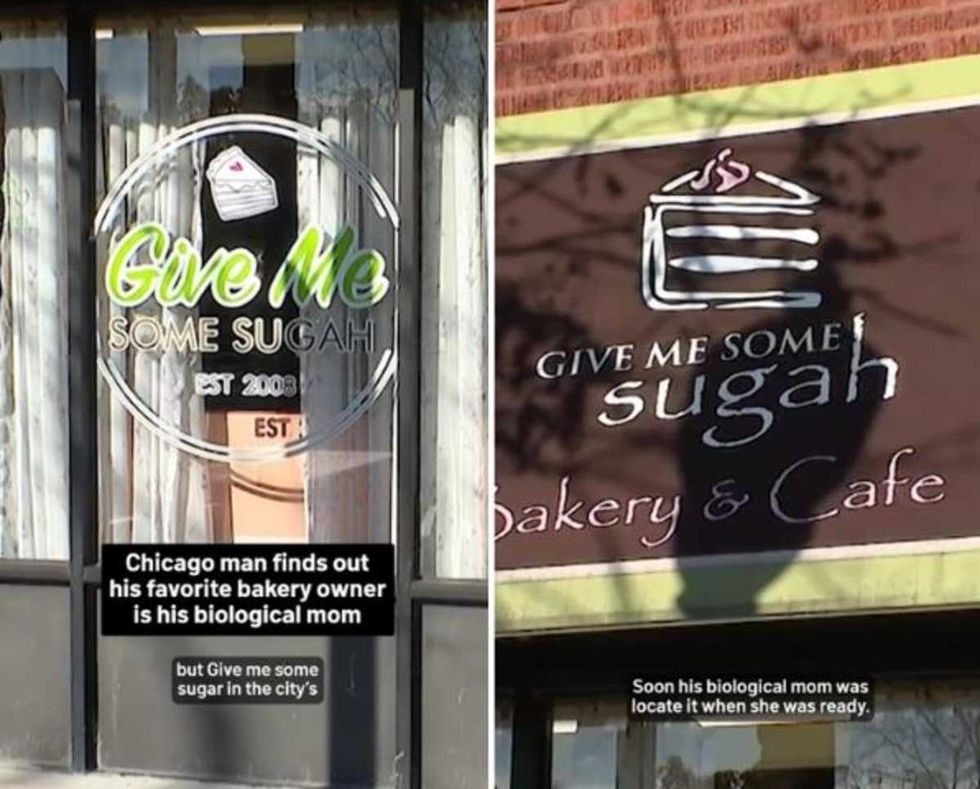 Screenshots of the bakery Image Source: TikTok |
Screenshots of the bakery Image Source: TikTok | 
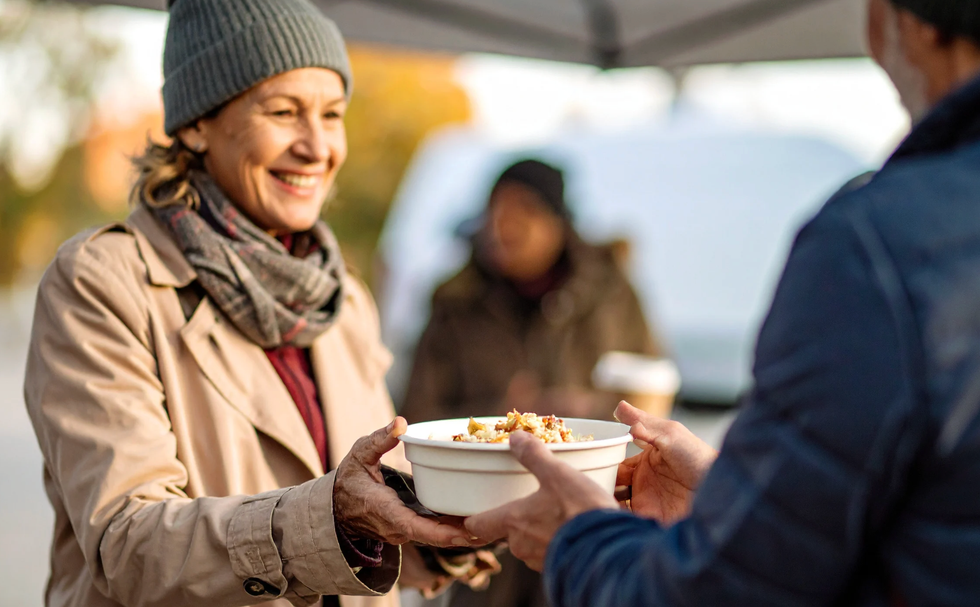 A woman hands out food to a homeless personCanva
A woman hands out food to a homeless personCanva A female artist in her studioCanva
A female artist in her studioCanva A woman smiling in front of her computerCanva
A woman smiling in front of her computerCanva 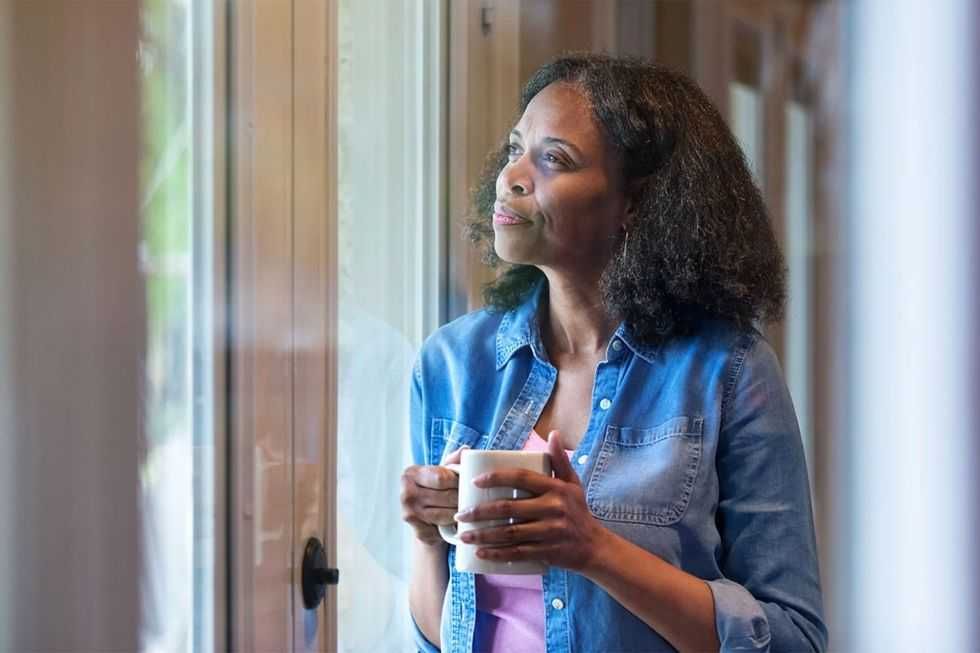 A woman holds a cup of coffee while looking outside her windowCanva
A woman holds a cup of coffee while looking outside her windowCanva  A woman flexes her bicepCanva
A woman flexes her bicepCanva 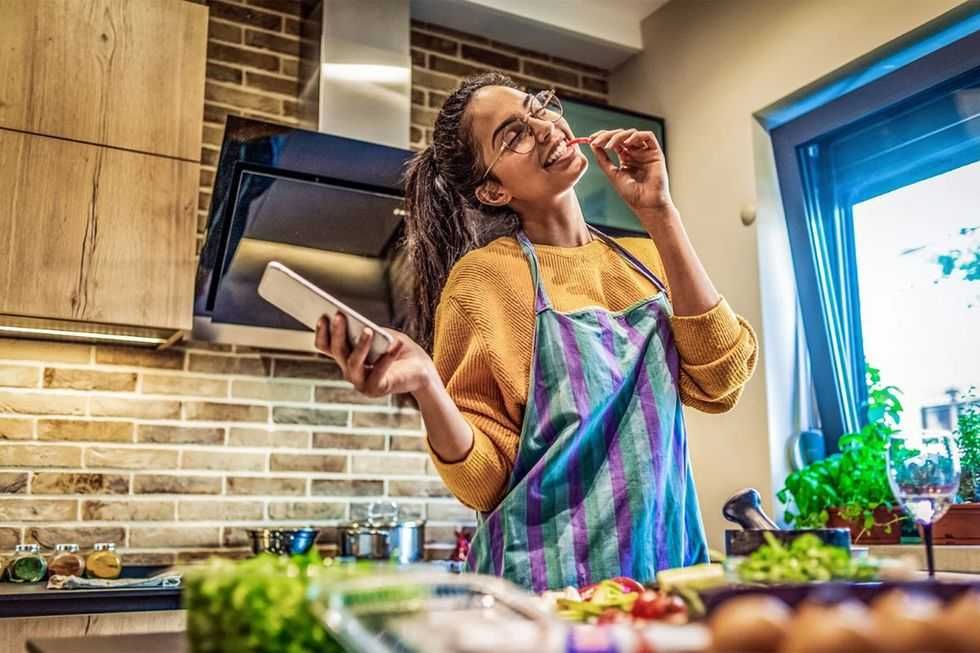 A woman cooking in her kitchenCanva
A woman cooking in her kitchenCanva  Two women console each otherCanva
Two women console each otherCanva  Two women talking to each otherCanva
Two women talking to each otherCanva  Two people having a lively conversationCanva
Two people having a lively conversationCanva  Two women embrace in a hugCanva
Two women embrace in a hugCanva 
 A reddit commentReddit |
A reddit commentReddit | 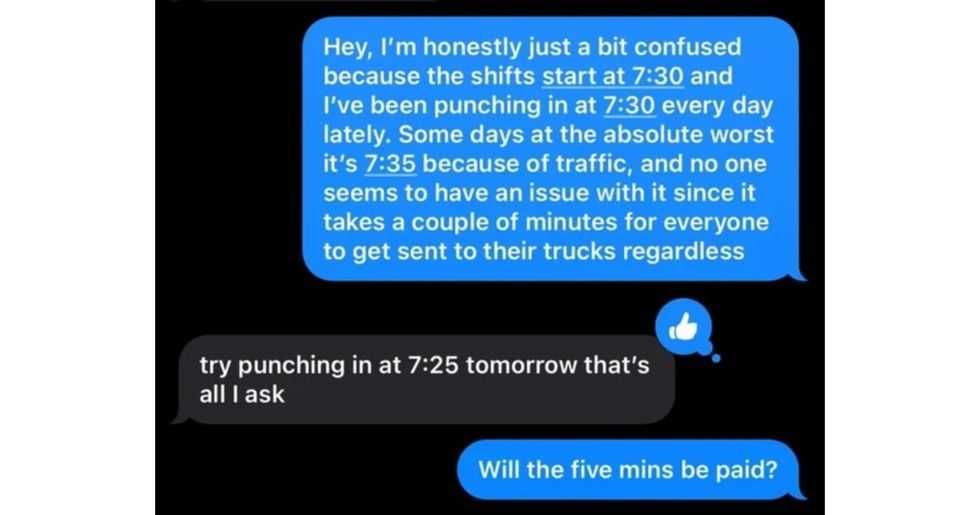 A Reddit commentReddit |
A Reddit commentReddit | 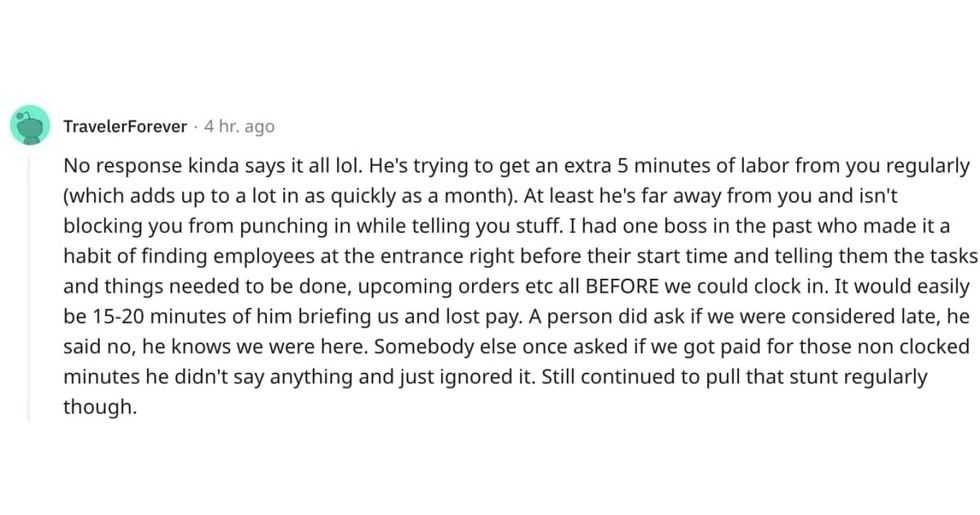 A Reddit commentReddit |
A Reddit commentReddit |  Stressed-out employee stares at their computerCanva
Stressed-out employee stares at their computerCanva
 Who knows what adventures the bottle had before being discovered.
Who knows what adventures the bottle had before being discovered. 
 Gif of young girl looking at someone suspiciously via
Gif of young girl looking at someone suspiciously via 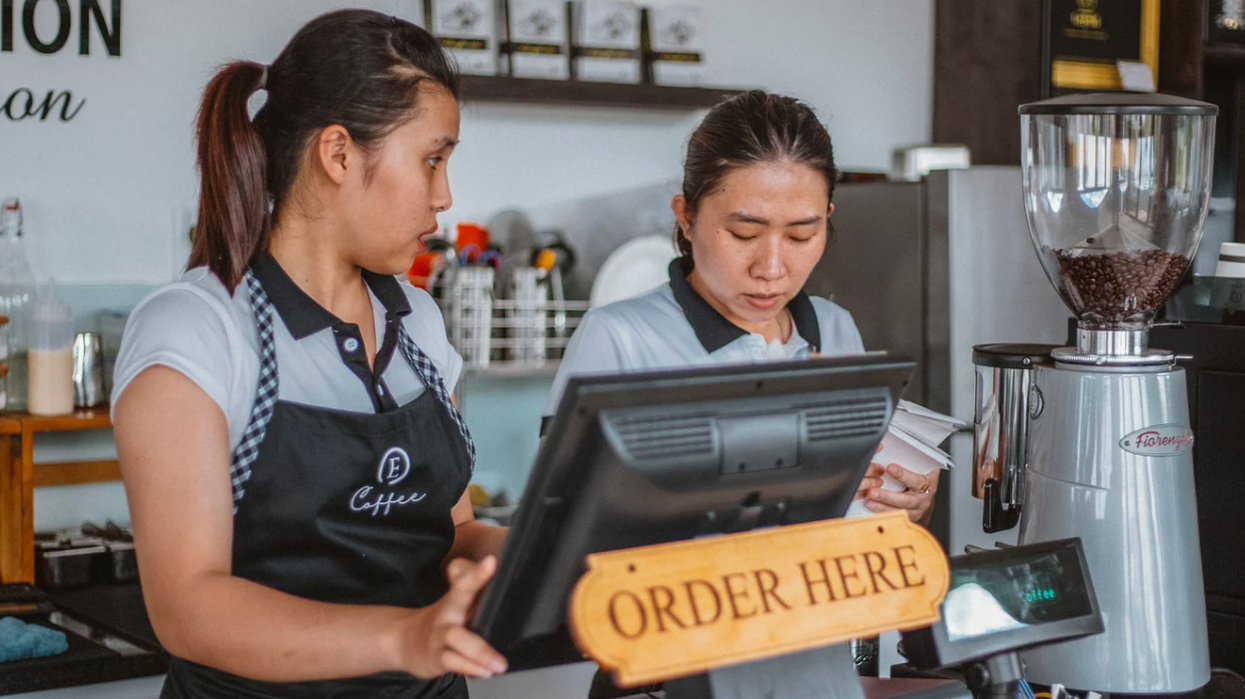
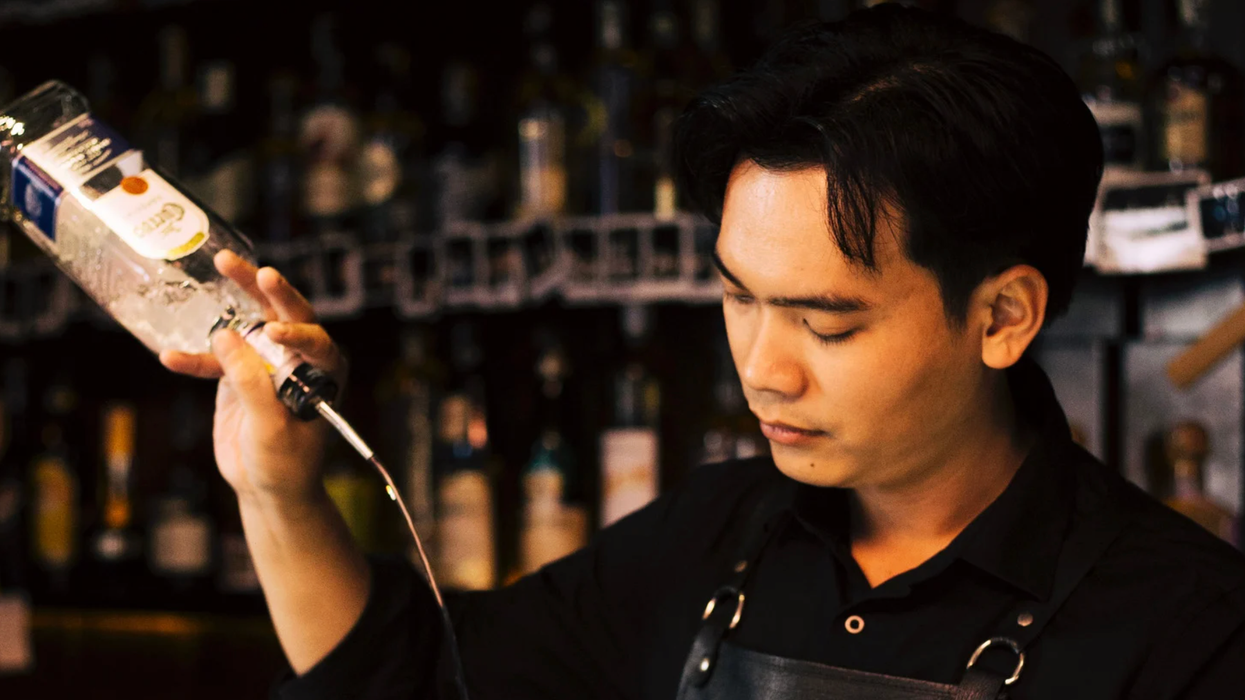
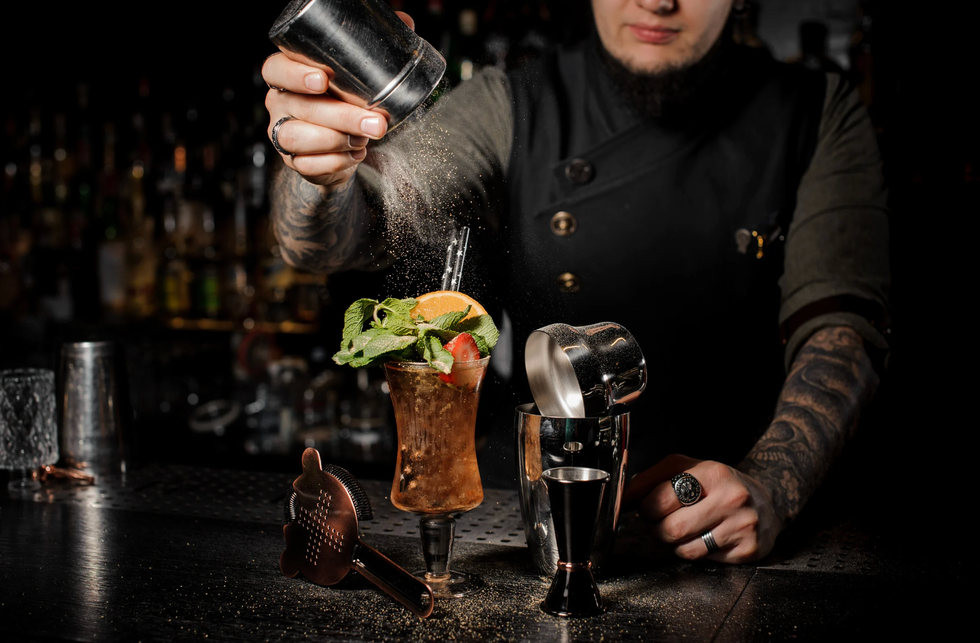 A bartender makes a drinkCanva
A bartender makes a drinkCanva